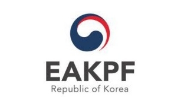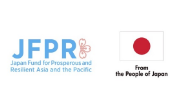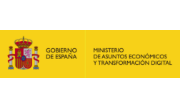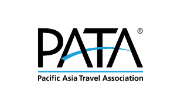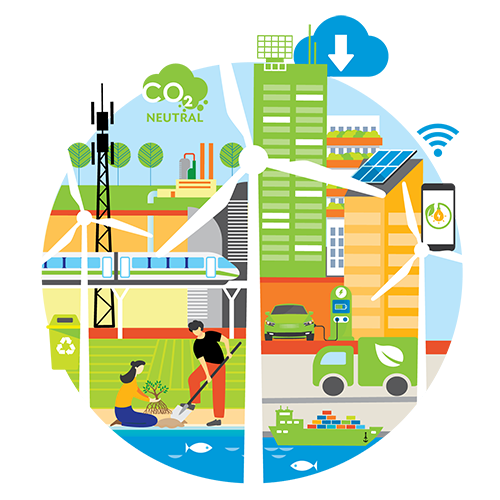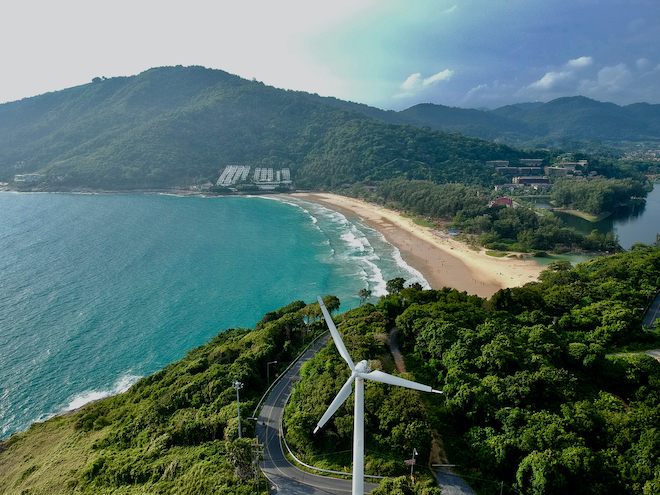
The unprecedented COVID-19 pandemic reversed decades of robust tourism growth in Southeast Asia, causing widespread business closures and millions of job losses. While the pause in travel and tourism has brought economic hardship and isolation to many communities, it also offers a unique opportunity for industry stakeholders to address the structural issues undermining sustainability in the region.
The Southeast Asia Sustainable Tourism Hub is anchored in ADB’s Southeast Asia Department, Urban Development and Water Division. It brings together diverse expertise from within and outside of ADB to help clients develop and finance innovative tourism projects, build destination management capacity, and provide knowledge solutions that align with ADB Strategy 2030 and the Sustainable Development Goals. Our regional perspective, strong country presence, and partnerships enable us to deliver quality development solutions for Southeast Asia’s tourism industry.
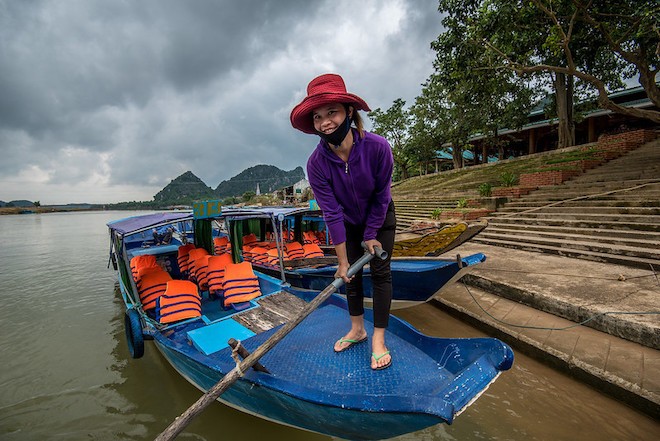
Operations
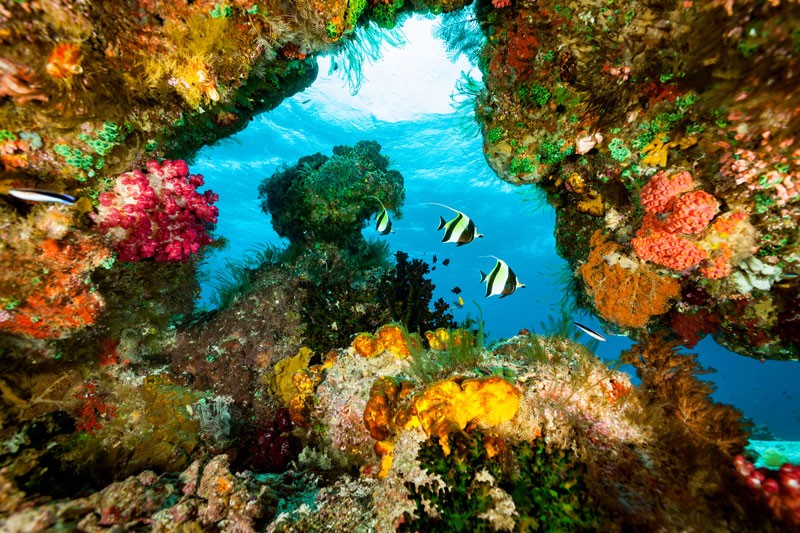
The technical assistance facility will help countries in Southeast Asia prepare sustainable tourism projects and catalyze financing to support them. It supports regional priorities to revive tourism, develop green and resilient urban and transport infrastructure in secondary cities, accelerate inclusive digital transformations, and mobilize domestic resources.
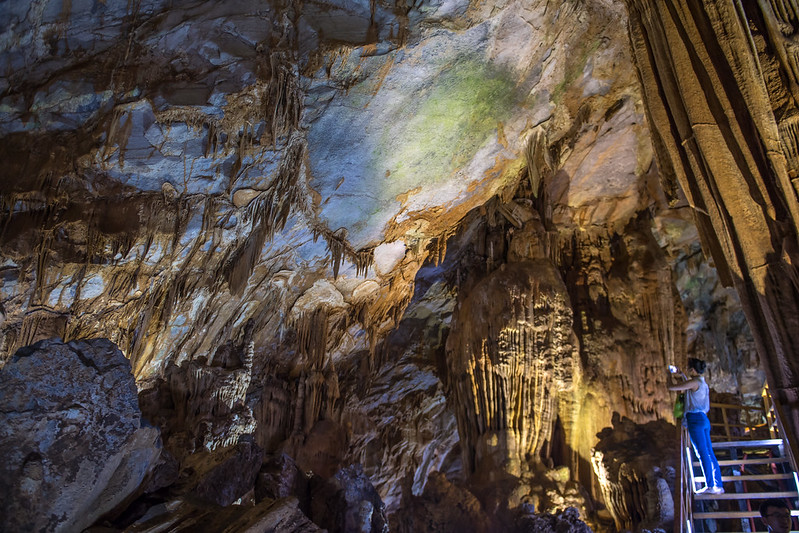
The project is financing climate-resilient roads, water transport infrastructure, urban infrastructure, and capacity development needed to boost and better manage tourism in Cambodia’s coastal areas, Lao PDR’s Champasak, Luang Prabang, and Vientiane Provinces, and several secondary towns in Viet Nam.
The Community-Based Tourism COVID-19 Recovery Project will help communities in Preah Vihear and Takeo provinces generate local jobs and income by improving tourism services infrastructure, enhancing visitor experiences, and strengthening tourism supply chain linkages.
News and Events
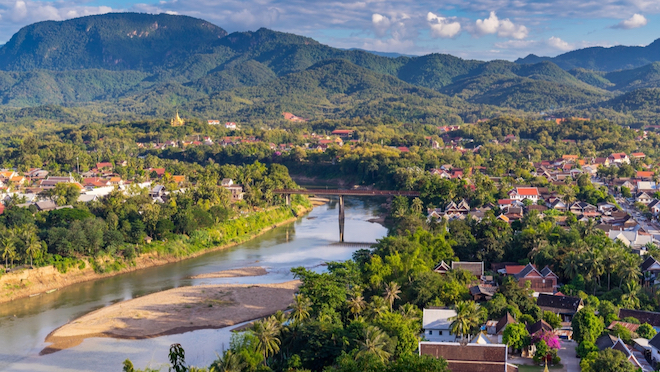
The project is expected to benefit 104,500 residents and 1.3 million annual visitors by 2031.
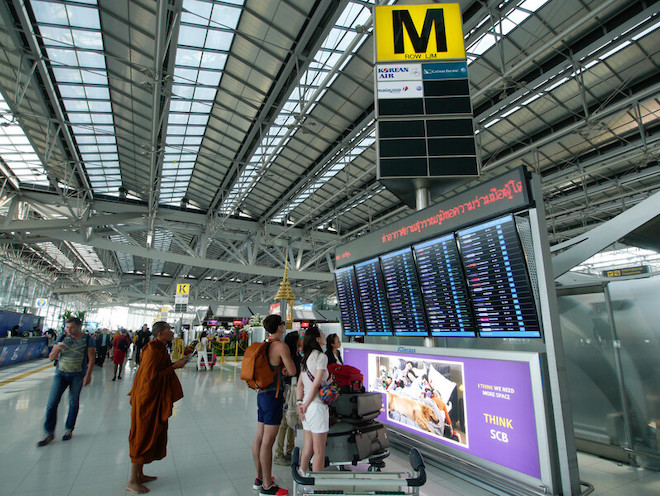
Addressing the trend is more urgent now with climate change seen doubling or even tripling negative challenges of overtourism.
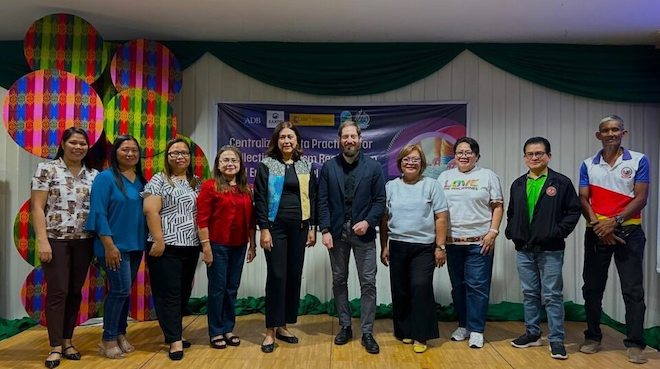
Digitizing visitor registration data and tracking the collection of environmental user fees in real-time using smart technologies could help the Island Garden City of Samal better manage tourism.
Publications
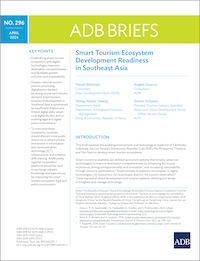
This brief shows how integrated technology can be harnessed by the tourism sector for uses from e-visas to smart waste management and cashless payments, benefiting businesses, consumers, and destinations alike.
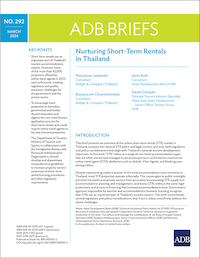
This brief analyzes the importance of Thailand’s short-term rentals to tourism and shows why measures to ensure providers are fully regulated would improve quality assurance, increase public revenues, and help entrepreneurs access financing.
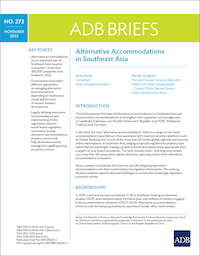
This brief shows how bookings for non-hotel rooms via platforms such as Airbnb have soared in Southeast Asia and why stronger regulation can help maintain quality standards, increase tax revenue, and maximize local economic benefits.

